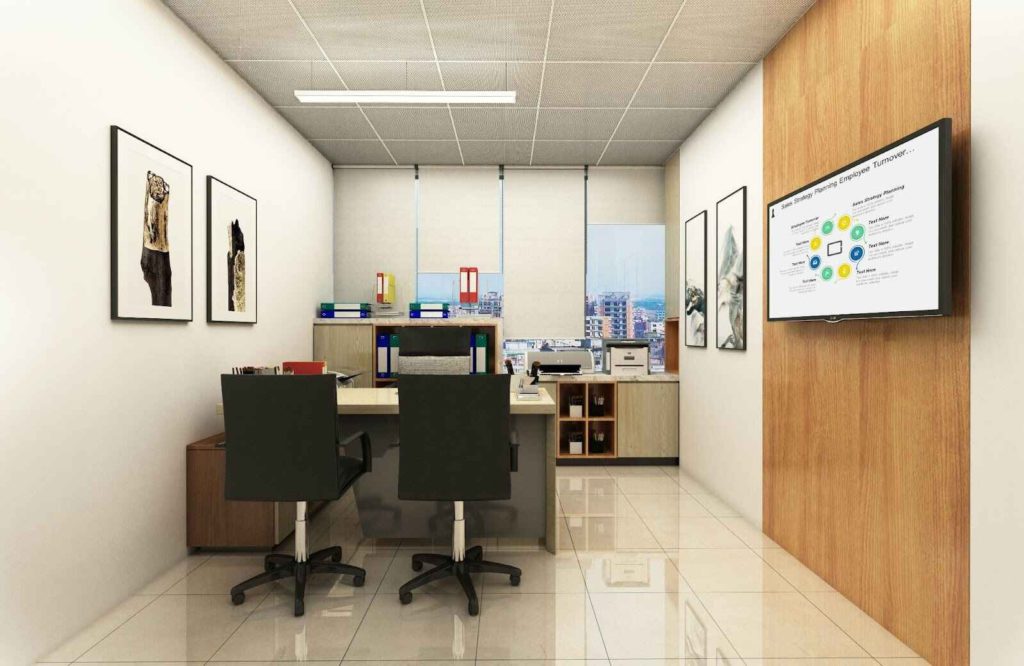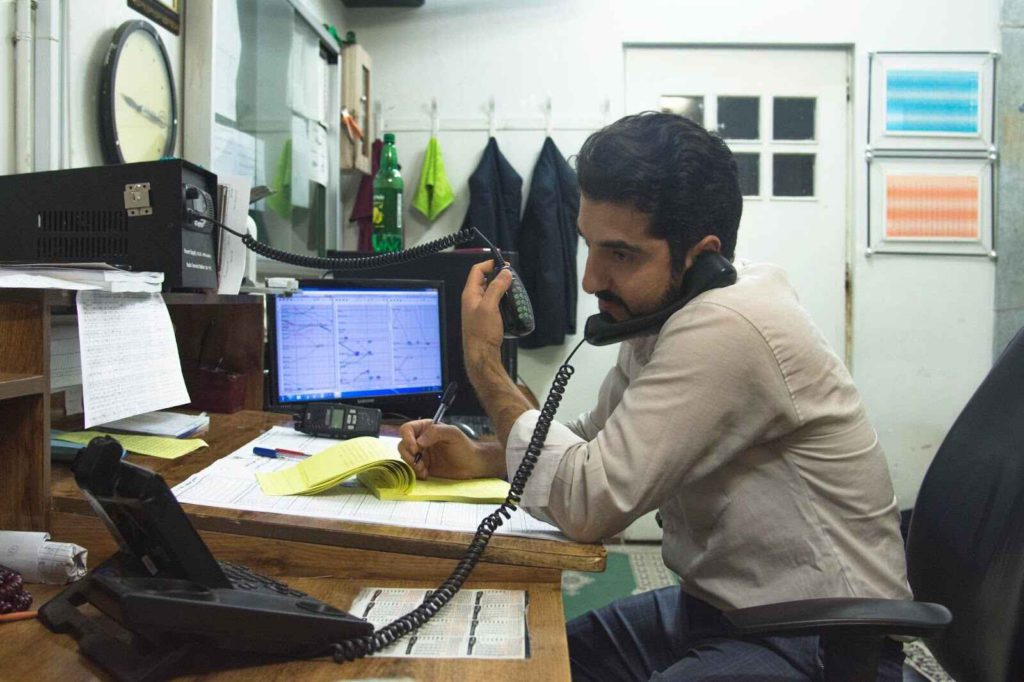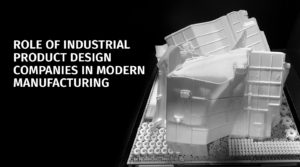Remember when “going to the office” meant showing up five days a week, sitting at the same desk, and clocking out at 5:30? Yeah, that world feels like ancient history now. We’re living through one of the most dramatic workplace transformations in modern history, and hybrid working has moved from experimental to essential faster than anyone predicted.
The New Normal That’s Actually Normal Now
Let’s get real, hybrid work isn’t the future anymore, it’s the present. By 2026, most businesses will have stopped calling it “hybrid” and just call it “how we work.” The pandemic forced everyone into remote work, but what emerged afterward wasn’t a return to the old ways or a complete abandonment of offices. Instead, we found something in between that actually works better for most people.
The numbers tell the story clearly. Around 60-70% of UK businesses now operate some form of hybrid model, and employees have made their preferences crystal clear: they want flexibility. Companies that tried forcing everyone back to the office full-time faced resignation waves, while those embracing hybrid arrangements report better recruitment and retention. The market has spoken, and flexibility won.
What makes 2026 different from early hybrid experiments? We’ve moved past the awkward phase. Companies aren’t figuring out Zoom etiquette anymore or struggling with basic remote collaboration. Now they’re optimizing fine-tuning policies, investing in proper infrastructure, and rethinking what office space should actually do.
Rethinking Physical Space in a Hybrid World

Here’s where things get interesting: offices haven’t disappeared, but their purpose has completely transformed. Nobody needs a permanent desk to check emails and join video calls anymore. The office has become something more valuable: a collaboration hub, a place for connection, and a space that reinforces company culture in ways Slack channels simply can’t.
This shift is changing how businesses approach real estate entirely. Traditional long-term leases for large spaces where everyone has assigned desks? That model is dying fast. Companies are realizing they need high-quality space that’s available when teams need it, without the overhead of maintaining mostly-empty offices during remote work days.
Premium flexible workspace solutions have become essential for forward-thinking businesses. The Work Project rent flexible workspace city of London, exemplifies this new approach. Companies get prestigious addresses in prime locations like One Leadenhall with five-star amenities and customization options, but without the capital commitment and inflexibility of traditional leases.
Teams can scale up or down as needs change, paying for space that’s actually used rather than space that sits empty.
The smart companies are choosing quality over quantity. Instead of mediocre spaces filled with empty desks, they’re opting for exceptional environments that people actually want to come to. When your team only comes in 2-3 days weekly, those days better be worthwhile; nobody’s commuting for fluorescent lighting and stale coffee.
Technology That Actually Enables Hybrid (Not Just Tolerates It)
Technology has evolved dramatically from the early “everyone panic-buy webcams” days. We’re now using sophisticated tools specifically designed for hybrid work rather than just adapting remote solutions. The difference? These new tools assume some people are in rooms together while others join remotely, and they actually make that work smoothly.
Meeting equity has become a huge focus. Remember those terrible meetings where five people sat in a conference room while two remote colleagues felt invisible on a tiny screen? Companies are investing in technology that gives remote participants equal presence, such as multiple cameras, spatial audio, and AI that frames people properly. Some are even building meeting rooms specifically designed for hybrid participation.
Collaboration platforms have matured beyond basic video calls and chat. Tools now integrate seamlessly, allowing teams to move fluidly between synchronous and asynchronous work.
Cloud-based project management means everyone sees the same information regardless of location. Digital whiteboards that actually feel natural to use. Shared documents that don’t create version control nightmares.
The real game-changer? Companies have stopped trying to replicate in-office work remotely and started designing workflows that leverage each setting’s strengths. Deep focus work happens at home without interruptions. Collaborative brainstorming happens in person, where energy and spontaneity thrive. It sounds obvious now, but it took years to figure out.
Culture Doesn’t Happen By Accident Anymore
Building company culture in a hybrid environment requires intentionality that physical offices used to provide passively. When everyone sat together daily, culture happened organically through casual conversations, shared lunches, and osmosis. Hybrid companies don’t have that luxury; culture must be deliberately created and maintained.
The most successful hybrid companies have abandoned the idea that culture equals ping-pong tables and beer fridges. Instead, they focus on meaningful connection and shared purpose. This means being thoughtful about when and why teams come together physically. Random office days don’t build culture; purposeful gatherings do.
Many companies now organize “anchor days” when entire teams or departments come in together for specific purposes strategy sessions, project kickoffs, team building, or social events. These intentional gatherings create the connection and alignment that drive culture. The rest of the week, people work wherever they’re most productive.
Onboarding has become fascinating to watch evolve. New employees need immersive time initially, so many companies require more office presence during the first few months. This frontloads relationship-building and culture absorption when it matters most. Once someone’s established, they can lean into more remote work comfortably.
Managing Hybrid Teams Without Losing Your Mind

Let’s be honest managing hybrid teams is harder than managing either fully remote or fully in-office teams. You’re juggling different locations, varying schedules, and the constant challenge of ensuring equity between office and remote workers. The managers who thrive in 2026 have developed entirely new skill sets.
Communication has become more structured by necessity. Spontaneous desk drop-bys don’t work when people aren’t there. Good hybrid managers over-communicate deliberately clear expectations, regular check-ins, and transparent decision-making. They’ve learned that documenting decisions and sharing context benefits everyone, whether remote or in-office.
Performance management has shifted from presence to outcomes. The “I saw you working late” style of evaluation died with mandatory office attendance. Now it’s about deliverables, impact, and results. This transparency actually benefits everyone. Clear goals and measurable outcomes mean less politics and more meritocracy.
The equity issue requires constant attention. Office workers shouldn’t get informal advantages through proximity to leadership. Remote workers shouldn’t miss important decisions made during hallway conversations. Thoughtful managers create systems ensuring information flows to everyone equally and opportunities aren’t location-dependent.
The Financial Reality Check
Let’s talk money, because hybrid work’s financial implications aren’t straightforward. Yes, companies save on real estate, that part’s obvious. Smaller offices in expensive cities create significant savings. But hybrid work requires different investments that offset some savings.
Technology costs increase. Better video conferencing equipment, collaboration platforms, home office stipends, and cybersecurity for distributed teams all cost money. Companies serious about hybrid work invest properly in these enablers rather than trying to cheap out with inadequate tools.
Flexible workspace solutions often provide better value than traditional leases for hybrid companies. The ability to scale space as needed, avoid capital expenditure on fit-outs, and access premium locations without long-term commitment changes the financial equation. You’re paying for flexibility and quality rather than square footage.
Employee savings are real and significant. Reduced commuting saves money, time, and sanity. The ability to live further from expensive city centers without sacrificing career opportunities opens possibilities that weren’t there before. This flexibility has become a major retention and recruitment tool worth real money.
What’s Actually Working in 2026
After years of experimentation, some clear patterns have emerged about what makes hybrid work successful versus what creates frustration and dysfunction. The companies thriving with hybrid aren’t just winging it; they’re following principles that consistently deliver results.
Flexibility with structure works better than a complete free-for-all. Companies doing hybrid well set clear expectations, maybe certain days when teams gather, core hours for collaboration, or specific in-office requirements for certain roles. This structure provides predictability while maintaining flexibility.
Investment in space quality matters more than space quantity. Companies with exceptional offices that inspire and enable great collaboration see better utilization than those with mediocre spaces that people actively avoid. If your office is worse than people’s home setups, why would they commute?
Trust-based cultures outperform surveillance-based ones dramatically. Companies trying to monitor remote workers with tracking software create resentment and drive talent away. Those treating employees as adults capable of managing their own work build loyalty and performance.
Looking Ahead: Where This Goes Next
Hybrid work will continue evolving because we’re still learning what works best. Some trends seem clear even as details remain uncertain. The flexibility genie isn’t going back in the bottle. Employees have tasted autonomy and won’t give it up easily.
Generational differences will shape future hybrid models. Younger workers entering the workforce have different needs around mentorship and learning that may require more in-person time. Senior employees with established networks and skills might need less. One-size-fits-all policies are giving way to role-based and career-stage-appropriate flexibility.
Geographic barriers to talent are crumbling. Companies can now hire the best person regardless of location, fundamentally changing recruitment. This creates opportunities for businesses but also intensifies talent competition. Your employees now compare you to companies worldwide, not just locally.
Office space will likely continue its transformation into experience centers rather than work factories. Companies will invest in creating offices so good that people genuinely want to be there, making space that’s designed for what offices do best: human connection, collaboration, and culture.
Making It Work for Your Business
Here’s the truth: there’s no perfect hybrid model that works for every company. Tech startups need different approaches than law firms. Creative agencies have different requirements than financial services firms. The key is finding what works for your specific business, culture, and people.
Start by listening to your employees rather than imposing solutions. What do they need to do their best work? When do they need to be together? What frustrates them about current arrangements? Their feedback is more valuable than any consultant’s generic advice.
Experiment and iterate openly. Try different approaches, measure results, and adjust based on what you learn. The companies succeeding with hybrid treat it as an ongoing optimization process rather than a solved problem. They accept that what works today might need tweaking tomorrow.
Invest properly in the enablers: technology, space, training, and support. Half-hearted hybrid implementations satisfy nobody. If you’re committing to this model, commit properly with the resources needed to make it excellent.
The Bottom Line
We’re not going back to the old ways, and honestly, why would we? Hybrid work, done thoughtfully, delivers benefits for businesses and employees that the traditional office-only model never provided. Flexibility attracts talent. Thoughtful space usage reduces costs while improving experiences. Results-focused management builds accountability.
Yes, hybrid work requires more intentional management and investment than the old “everyone in the office” default. But the companies embracing this challenge rather than resisting it are seeing the rewards through better recruitment, improved retention, increased productivity, and genuinely happier employees.
The future of work isn’t about choosing between remote and office, it’s about thoughtfully blending both to create something better than either alone. In 2026, the companies figuring this out aren’t just surviving the new normal; they’re thriving in it.





Be First to Comment